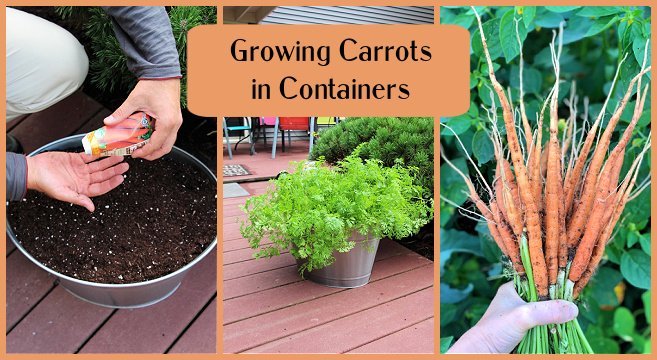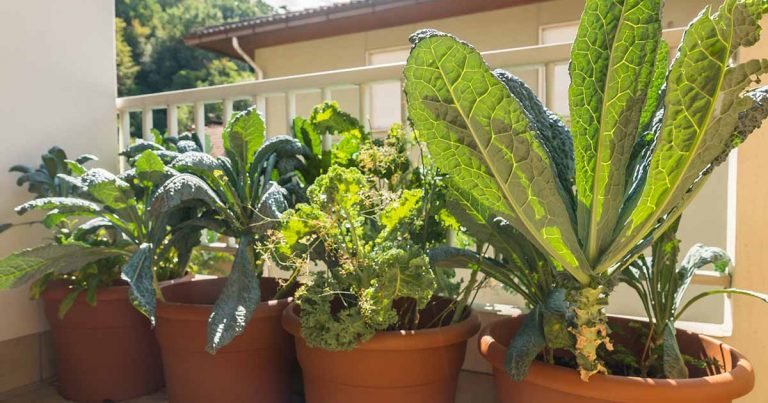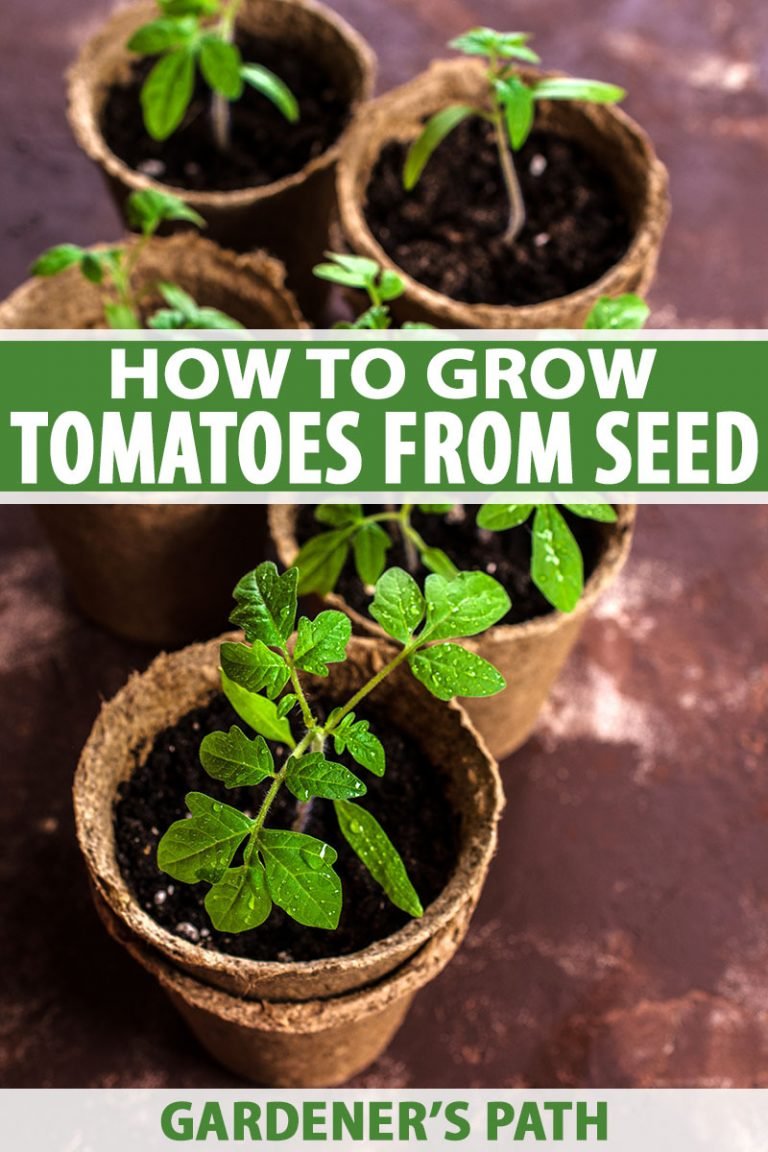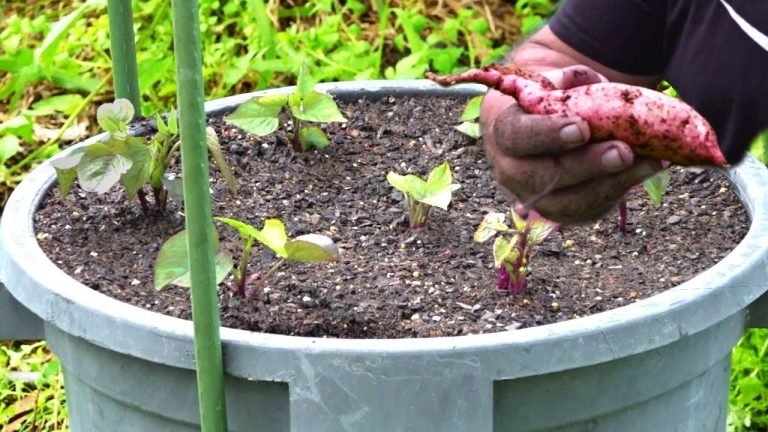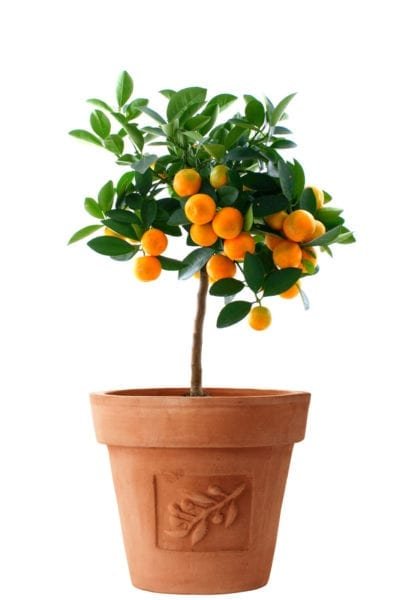how to grow carrots in a pot – [Beginners Guide]
Hey there! Are you looking to add some fresh, homegrown veggies to your diet? Growing carrots in a pot is a great way to do just that! I’ve been growing carrots in pots on my balcony for the past few years, and I’ve found it to be a fun, easy, and rewarding experience.
One of the best things about growing carrots in pots is that it doesn’t take up much space. All you need is a container that’s at least 12 inches deep and wide, and you’re good to go. This makes it a perfect option for people who live in apartments or have small gardens.
Another great thing about growing carrots in pots is that they’re super easy to care for. All you need to do is keep the soil moist and give them plenty of sunlight. And if you’re worried about pests or diseases, you can simply move the pot indoors if necessary.
One of the most important things to remember when growing carrots in pots is to choose a container that has drainage holes. Carrots need a well-draining soil, so make sure your pot has holes at the bottom to allow excess water to escape.
Lastly, you’ll want to choose a container that is at least 12 inches deep and wide. Carrots have long roots, and they need plenty of room to grow. If the container is too shallow, the carrots may not form properly.
Growing carrots in a pot is a great idea for anyone who wants to enjoy fresh, homegrown veggies without taking up too much space. And with a little care and attention, you’ll be enjoying delicious, healthy carrots in no time!
Pot or container selection
To grow carrots at home, you will need a pot that is at least 12 inches deep and 12 inches wide. This size will allow the carrots to grow to maturity without becoming overcrowded. The pot should also have drainage holes to allow excess water to escape, which will help prevent the roots from rotting.
The capacity of the pot required will depend on how many carrots you want to grow. A 12-inch pot can hold about 4-6 carrot plants. If you want to grow more, you will need a larger pot.
The pot construction should be made of a material that is durable and can withstand the weight of the soil and the growing carrots. Terracotta or plastic pots are good options.
It is important to note that the pot should be placed in a location that receives full sun, as carrots require at least 6 hours of direct sunlight to grow properly.
Make suitable soil mix
To grow carrots at home, you will need a well-draining soil mix that is high in organic matter. The ideal soil mix for carrots is one that is composed of equal parts of garden soil, peat moss, and sand or perlite.
The soil should be loose and crumbly, with a pH between 6.0 and 6.8. Carrots prefer a slightly acidic to neutral soil. The soil should also be well-fertilized before planting. A slow-release fertilizer or a balanced, all-purpose fertilizer can be used.
Having the correct soil composition is essential for optimal growth, as the soil must be able to retain moisture, but not become waterlogged. Additionally, the soil should have the right pH level and fertility level, which will allow the roots to grow deep and absorb the necessary nutrients.
It is important to note that, as the carrots grow, the soil should be kept consistently moist, but not waterlogged, in order to encourage healthy growth.
How to plant the carrots?
Carrots are a great vegetable to grow in pots at home, as they don’t take up much space and are relatively easy to care for. Here’s a step-by-step guide to planting carrots in a pot:
Step 1: Choose a Pot
Select a pot that is at least 12 inches deep and 12 inches wide. Carrots need room to grow, so the bigger the pot, the better. Make sure the pot has drainage holes in the bottom.
Step 2: Prepare the Soil
Fill the pot with a high-quality potting mix or a mixture of equal parts potting soil, sand, and compost. Carrots prefer well-drained soil, so make sure the potting mix is loose and fluffy.
Step 3: Plant the Seeds
Sow carrot seeds about 1/4 inch deep and 1 inch apart. Cover the seeds with a light layer of potting mix or vermiculite. Water the pot until the soil is evenly moist.
Step 4: Care for the Seedlings
Place the pot in a warm, sunny spot and keep the soil consistently moist. Carrot seedlings will emerge in 7 to 14 days. Thin seedlings to 2 to 3 inches apart when they are 2 inches tall.
Step 5: Fertilize and Water
When the seedlings are 3 inches tall, start fertilizing them with a balanced fertilizer every two weeks. Water the pot regularly, making sure the soil stays moist but not waterlogged.
Step 6: Harvesting
Carrots are ready to harvest when they are about 1 inch in diameter. Carefully dig them up using a garden fork or trowel. If the carrots are not yet big enough, leave them in the ground for a few more weeks.
How to care for carrots?
Carrot Care in a Pot
Watering Requirement
Carrots require consistent moisture throughout their growth period. Water the soil when it feels dry to the touch, making sure to avoid waterlogging. A good way to check is to stick your finger about 1 inch into the soil. If it feels dry, it’s time to water. Watering in the morning or evening is best, as it allows the leaves to dry off before nightfall, which can prevent disease.
Fertilizer Requirement
Carrots require a rich, well-draining soil with a pH between 6.0 and 6.8. Add a balanced fertilizer, such as 10-10-10, at planting time and again when the seedlings are about 2 inches tall. You can also use an organic fertilizer, such as compost or well-rotted manure.
Sunlight Needs
Carrots need at least 6 hours of full sun per day. If you don’t have a sunny spot, you can also grow them under grow lights. Make sure to rotate your pot every few days to ensure that all sides of the plant receive equal sunlight.
Pruning & Training
Carrots do not require pruning, but if the leaves are becoming too thick and shading the root, you can remove some of the leaves to allow more sunlight to reach the root. Additionally, you can thin out seedlings to give the remaining plants room to grow.
Other Care
- Keep an eye out for pests and diseases, such as aphids or root maggots. If you notice any, take action immediately.
- Carrots are usually ready to harvest in 60-80 days, depending on the variety and weather conditions. Pull up a carrot to test for size and maturity. If the root is firm and the shoulders are not showing above the soil, it’s ready to harvest.
- After harvesting, be sure to remove the leaves and store the carrots in a cool, dark place.
By following these care instructions, you can successfully grow delicious, healthy carrots in a pot in your home.
Common problems
Common Problems with Carrots Grown in a Pot
Pests and Insects
Carrots can be vulnerable to pests and insects such as aphids, carrot rust flies, and leafhoppers. These pests can cause damage to the leaves and roots of the plant, reducing growth and yields. To control pests, you can use insecticidal soap or neem oil and keep the area around the plants clean and free of debris.
Diseases
Carrots can also be affected by diseases such as Alternaria leaf blight and powdery mildew. These diseases can cause the leaves to turn yellow and the roots to rot. To prevent disease, make sure to plant in well-draining soil, avoid overhead watering, and rotate your crops. If you notice a problem, remove and destroy affected plants immediately.
Poor Production
Poor production can be caused by a variety of factors, including poor soil quality, lack of sunlight, and improper watering. To improve production, make sure to amend the soil with compost or fertilizer, provide at least 6 hours of full sun per day, and keep the soil consistently moist but not waterlogged.
Other Issues
- Carrot fly can be a problem, the maggots of this fly can damage the roots and cause them to rot. Use barrier methods like horticultural fleece or insect mesh to cover the plants until they are big enough to resist damage.
- Carrots can split or become misshapen if they receive too much water when they are almost mature. Avoid heavy watering or sudden changes in water availability.
- Carrots can become tough and woody if they are left in the soil for too long. Make sure to harvest them when they reach the desired size and maturity.
By being aware of these common problems and taking steps to prevent them, you can ensure a successful harvest of healthy, delicious carrots grown in a pot at home.
Harvesting & storing homegrown carrots
When to harvest
Carrots are typically ready to harvest about 2-3 months after planting, depending on the variety. The best way to tell if they are ready is to gently pull on the green tops of the plant. If the carrot easily separates from the plant, it is ready to be harvested.
How to harvest
- Use a garden fork or trowel to loosen the soil around the carrot.
- Gently pull the carrot from the ground.
- Cut the green tops off of the carrot, leaving about 1 inch of stem.
How to store
Carrots can be stored in a number of ways to extend their shelf life. The most important thing is to keep them cool and dry.
- Refrigeration: Wrap the carrots in a damp paper towel or place them in a plastic bag with small holes to allow for air circulation. Keep them in the refrigerator crisper.
- Root Cellar: Carrots can be stored in a root cellar or other cool, dark, and damp place. They should be placed in a container or crate with sand or sawdust to keep them from touching.
- Canning or Freezing: Carrots can also be canned or frozen for long-term storage. Canning requires pressure cooking and adding of vinegar to the jars, while freezing requires blanching the carrots before packing in airtight containers.
Note: Do not wash the carrots before storing them, as the excess moisture can lead to rot. Also, make sure to use any damaged or spoiled carrots first, as they will not store as well as healthy carrots.
Growing carrots in container – Conclusion
Conclusion
Growing carrots in a pot is a great way to have fresh, homegrown vegetables right at your fingertips. By following the steps outlined in this guide, you can successfully plant, care for, and harvest your very own carrots.
Some key takeaways from this guide include:
- Choose a pot that is at least 12 inches deep and 12 inches wide.
- Fill the pot with a well-draining soil mixture and add compost for extra nutrients.
- Plant the seeds about ¼ inch deep and 1 inch apart.
- Keep the soil consistently moist and provide plenty of sunlight.
- Harvest the carrots when they are big enough to eat and the tops easily pull away from the plant.
With a little bit of care and attention, you can easily grow your own delicious and healthy carrots in a pot. And by doing so you will be able to enjoy the fruits of your labour. So why not give it a try and see for yourself how easy and satisfying growing your own vegetables can be!

